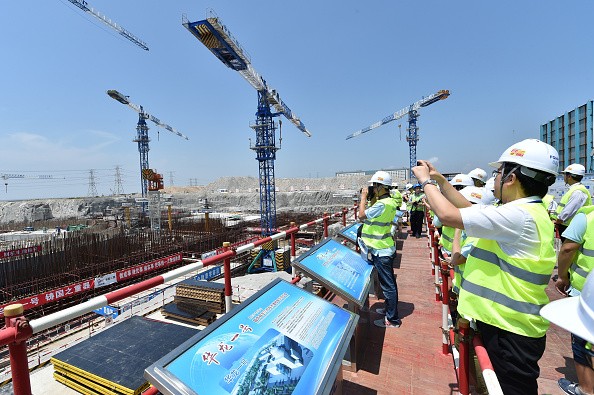According to a leading nuclear industry executive, China is capable of mass producing its third-generation Hualong One reactor, the latest "business card" of the country.
Wang Shaojun, chairman of China National Nuclear Corp., said: "The Hualong One reactor has passed all safety requirements and preliminary safety reviews and China should give priority to the country's third-generation nuclear technology in future nuclear power projects."
Wang will attend the annual session of the National Committee of the Chinese People's Political Consultative Conference in Beijing. He said that the Hualong One reactor technology is advanced and mature enough to be promoted.
"The pace of nuclear power projects in recent years is lagging and as the expanding economy in China is pointing to a growing demand for energy, nuclear power is not an option but a must-have in the future," Wang added.
After Japan's Fukushima nuclear accident in 2011, China put a pause on nuclear construction out of safety concerns. It suspended the approvals for new nuclear plants and a nationwide safety review was also launched.
In 2014, Beijing lifted its development freeze, permitting the operation of nuclear power plants that were located in coastal areas.
"The technology works the same for both coastal and inland nuclear power plants and those that meet the safety requirements in coastal areas work the same as those inland," said deputy head of China National Nuclear Power Co Ltd. Zheng Yanguo.
"The nuclear energy sector had not grown as much as other energy sources such as wind and solar, despite growing electricity demand, partly due to the lack of publicity. Due to several nuclear disasters, the public is very concerned about nuclear plants and it's our responsibility to better inform society of their security," Zheng added.
China's government has pledged that renewable energy will be playing an integral role in order to push for greener growth. It predicted that renewable energy will boost the share of non-fossil energy to 15 percent by 2020 and 20 percent by 2030. Coal consumption is also expected to be reduced to 62 percent by 2020.



























